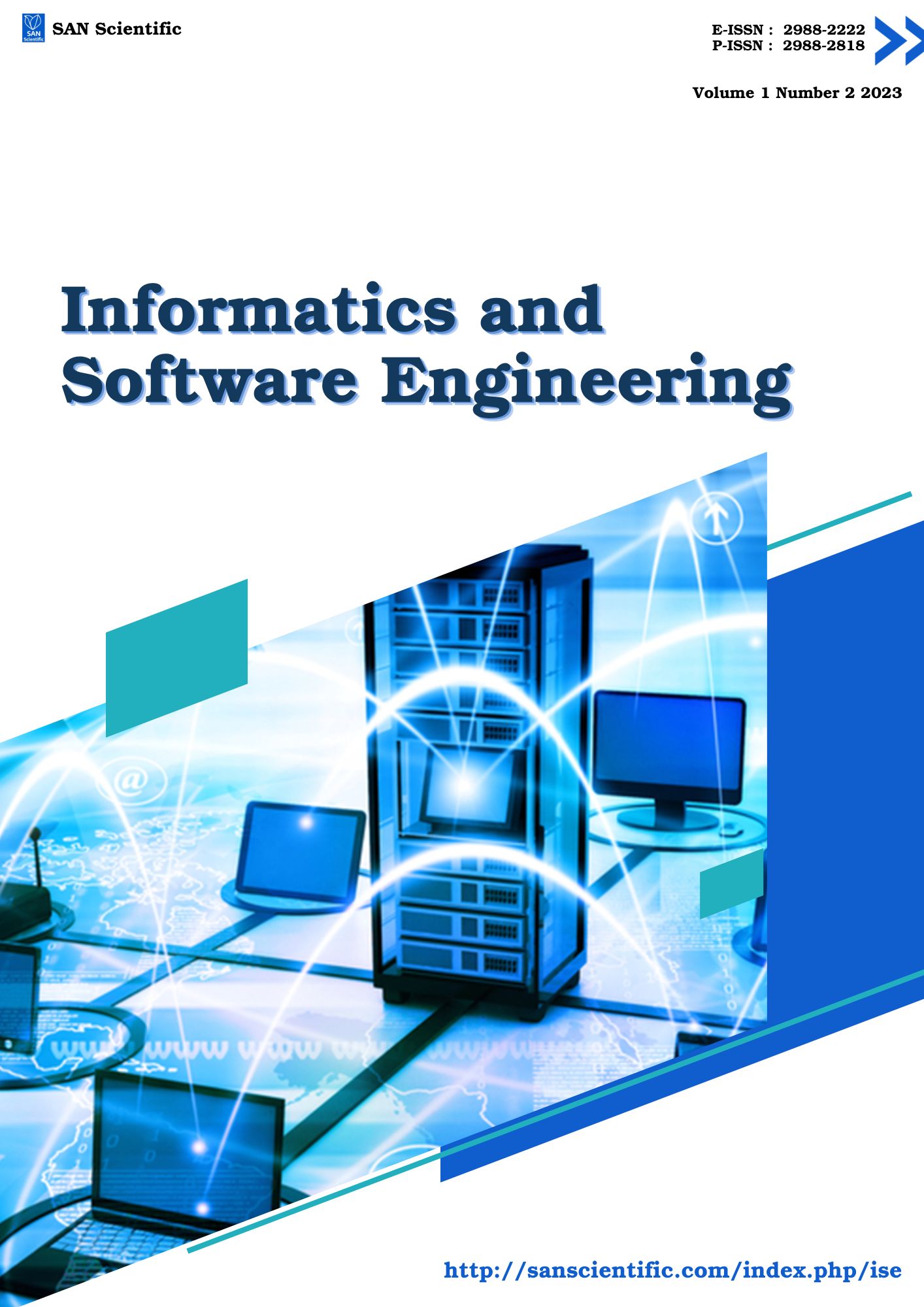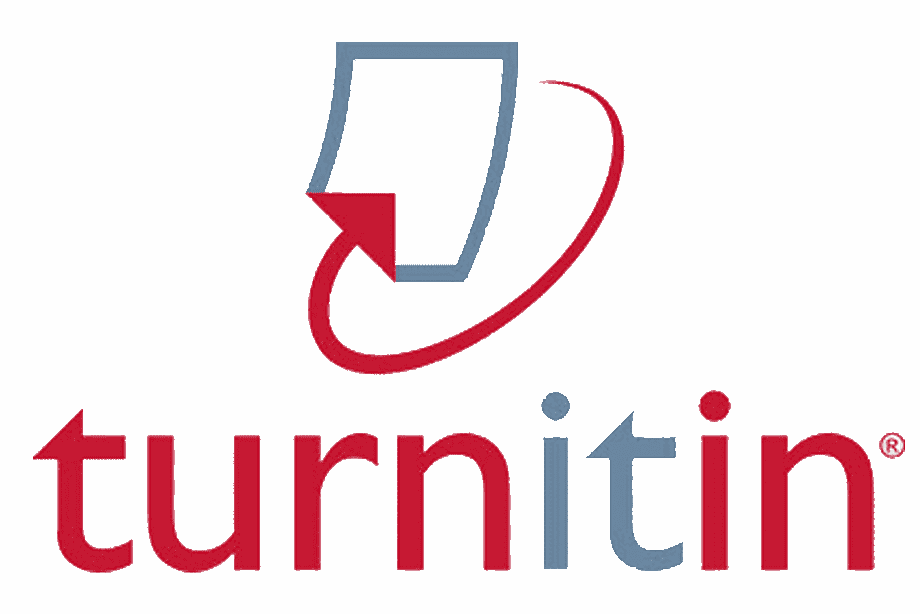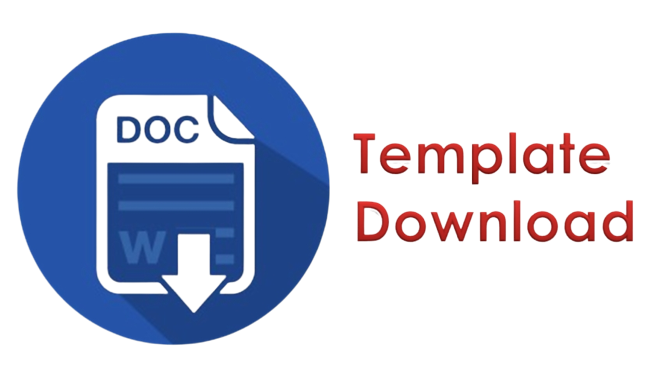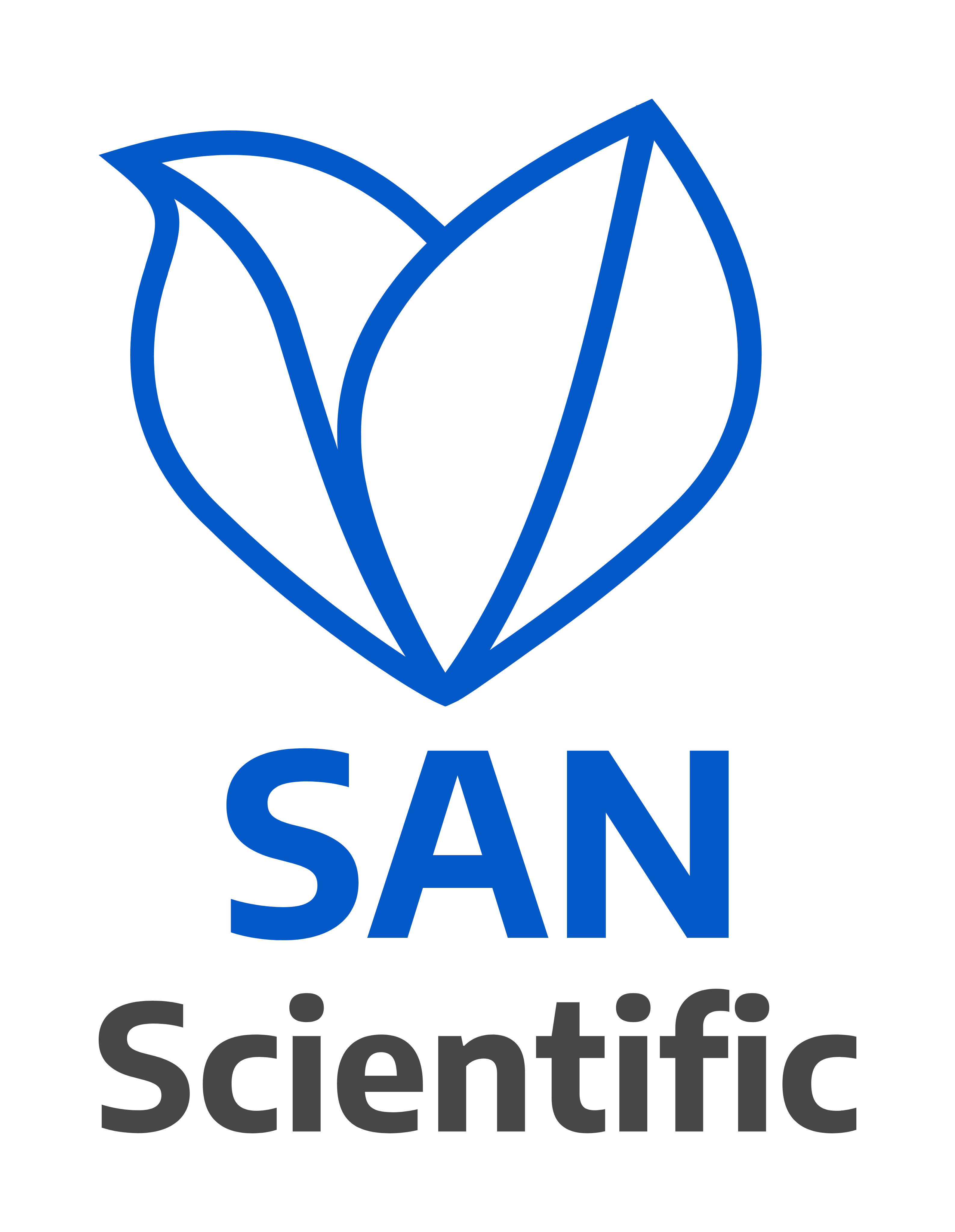KAI Commuter Employee Development Application Using The Waterfall Method
DOI:
https://doi.org/10.58777/ise.v1i2.93Keywords:
KAI Commuter Employee Development, PT. Kereta Commuter Indonesia, WaterfallAbstract
The KAI Commuter Employee Development application is a solution to support employee development in the PT environment. Indonesian Commuter Train. The development method used in this project is the Waterfall Method, which is a sequential approach consisting of clear phases, including planning, analysis, design, development, testing, and implementation. This application aims to increase effectiveness and efficiency in the management and development of employees in the company. With features such as performance tracking, training, employee evaluation, and creating personal development plans, this application provides a powerful tool for management to monitor and improve the potential of their employees. The development process using the Waterfall Method allows developers to carefully detail requirements before starting the stage implementation. This ensures the application can meet predefined requirements well throughout the development cycle. In addition, this model allows for more structured progress monitoring and enables more efficient project management. By adopting the KAI Commuter Employee Development application and implementing the Waterfall Method, companies can develop their employees, increase productivity, and optimize resources for their humans.
References
Andaru, A. (2018). Pengertian Database Secara Umum. Section Class Content, 1–7. https://doi.org/10.1145/1147282.1147284
Churchill, Ransford, Quarmyne & Hammond, Hilda. (2018). the Role of Employee Training and Development in Achieving Organisational Objectives: a Study of Accra Technical University. Archives of Business Research, 6(2), 67–74. https://doi.org/10.14738/abr.62.4190
Sahi, A. (2020). Aplikasi Test Potensi Akademik Seleksi Saringan Masuk Lp3I Berbasis Web Online Menggunakan Framework Codeigniter. Tematik, 7(1), 120–129. https://doi.org/10.38204/tematik.v7i1.386
Sallaby, A. F., & Kanedi, I. (2020). Perancangan Sistem Informasi Jadwal Dokter Menggunakan Framework Codeigniter. Jurnal Media Infotama, 16, 48–53. https://doi.org/10.37676/jmi.v16i1.1121
Setyati, A., Setiawati, L. A., & Ichwanto, A. R. (2021). Aplikasi Learning Course System Berbasis Web Dengan Metode Rad (Rapid Application Development). JATISI (Jurnal Teknik Informatika Dan Sistem Informasi), 8(3), 1483–1495. https://doi.org/10.35957/jatisi.v8i3.1081
Suryawinata, O. M. (2019). Buku Ajar Mata Kuliah Pengembangan Aplikasi Berbasis Web Diterbitkan oleh UMSIDA PRESS. In Buku Ajar Mata Kuliah Pengembangan Aplikasi Berbasis Web. http://dx.doi.org/10.21070/2019/978-602-5914-81-2
Wahid Abdul, A. (2020). Analisis Metode Waterfall Untuk Pengembangan Sistem Informasi. Jurnal Ilmu-Ilmu Informatika Dan Manajemen STMIK, 1–5.
Wijaya, Y. D., & Astuti, M. W. (2019). Sistem Informasi Penjualan Tiket Wisata Berbasis Web Menggunakan Metode Waterfall. Seminar Nasional Teknologi Informasi Dan Komunikasi, 274.
Downloads
Published
How to Cite
Issue
Section
Copyright (c) 2023 Angga Riski Ramadan, Agus Junaidi, Mochammad Abdul Azis

This work is licensed under a CC Attribution-ShareAlike 4.0
 Views: 392
|
Views: 392
|
 Downloaded: 236
Downloaded: 236











